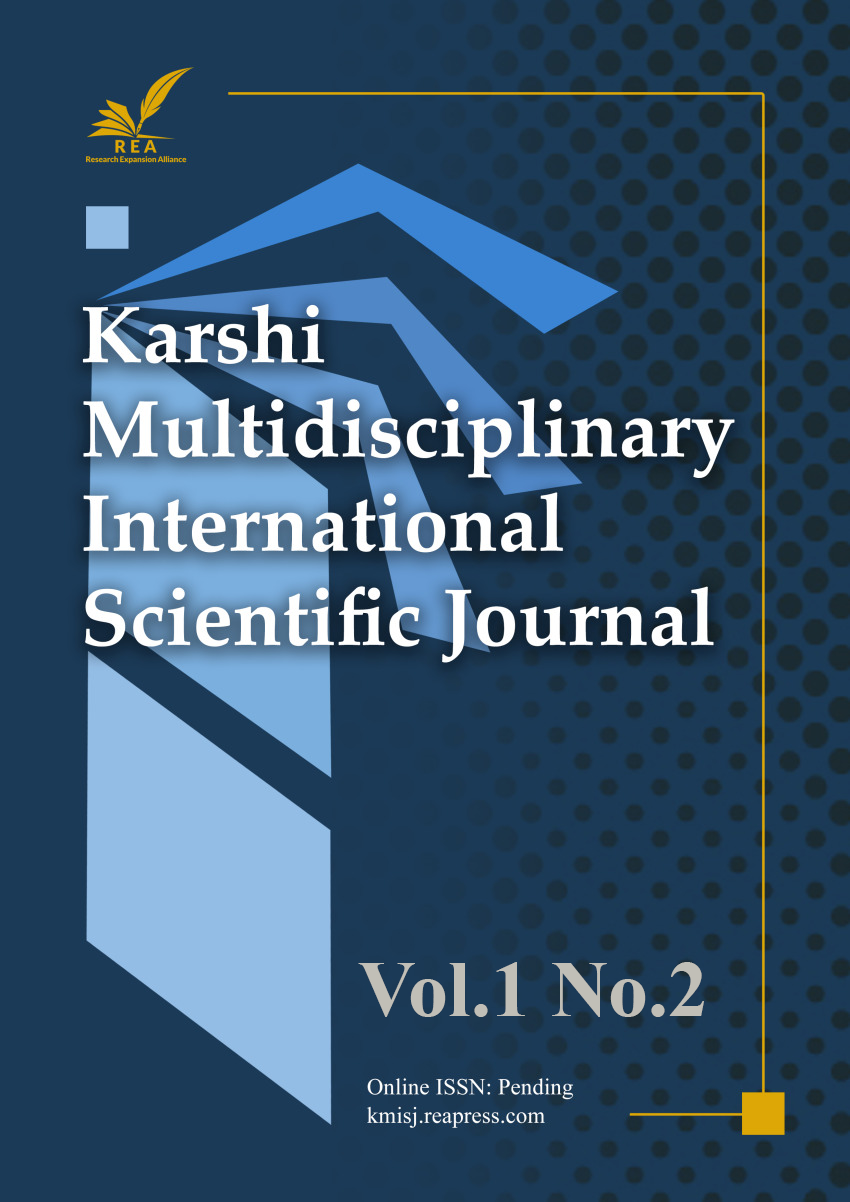Dynamic and Nonlinear Analysis of Hybrid Epoxy Composites: Impact of Thickness, andTransient Behavior
DOI:
https://doi.org/10.22105/kmisj.v1i2.59Keywords:
Hybrid epoxy composites, Thermal conductivity, Electrical conductivity, Transient analysis, Nonlinear modeling, MATLABAbstract
This study investigates the thermal and electrical performance of hybrid epoxy composites with varying thicknesses, filler fractions, and nonlinear material behaviors. The effect of composite thickness on conductivity was examined by extensive MATLAB simulations, which showed that while electrical conductivity falls with increasing resistance, thermal conductivity increases with thickness. Higher filler fractions are perfect for dynamic applications since they drastically shorten the time needed to reach steady-state conditions, as shown by transient simulations. By demonstrating how temperature- and voltage-dependent conductivities yield more accurate predictions than linear models, the study further emphasizes the significance of nonlinear modeling. These results highlight how important filler content, composite geometry, and nonlinear effects are when it comes to developing hybrid composites for high-performance uses. Experimental validation, investigation of sophisticated filler configurations, and examination of other nonlinear behaviors are among the suggestions for further research. This research advances the creation of hybrid epoxy composites with improved electrical and thermal characteristics for application in the automotive, aerospace, and electronics sectors.
References
B.G. Compton, J.A. Lewis, 3D-Printing of lightweight cellular composites. Advanced Materials, 26:34, 5930–5935. (2014).
M. Grujicic, C.L. Zhao, E.C. Dusel, D.R. Morgan, R.S. Miller, D.E. Beasley, Computational analysis of the thermal conductivity of the carbon–carbon composite materials. Journal of Materials Science, 41:24, (2006).
J.S. Lewis, Z. Barani, A.S. Magana, F. Kargar, A.A. Balandin, Thermal and electrical conductivity control in hybrid composites with graphene and boron nitride fillers. Materials Research Express, 6:8, 085325. (2019).
L. Natrayan, G. Janardhan, P. Paramasivam, S. Dhanasekaran, Enhancing mechanical performance of TiO2 filler with Kevlar/epoxy-based hybrid composites in a cryogenic environment: a statistical optimization study using RSM and ANN methods. Frontiers in Materials, 10. (2023).
A. Osman, A. Elhakeem, S. Kaytbay, A. Ahmed, A comprehensive review on the thermal, electrical, and mechanical properties of graphene-based multi-functional epoxy composites. Advanced Composites and Hybrid Materials, 5:2, 547–605. (2022).
M. Owais, J. Zhao, A. Imani, G. Wang, H. Zhang, Z. Zhang, Synergetic effect of hybrid fillers of boron nitride, graphene nanoplatelets, and short carbon fibers for enhanced thermal conductivity and electrical resistivity of epoxy nanocomposites. Composites Part A: Applied Science and Manufacturing, 117, 11–22. (2018).
S.K. Sudarsanam, K.Panneerselvam, Mechanical and thermal investigation of high-density polyethylene/multi-walled carbon nanotube/tungsten disulfide hybrid composites. Iranian Polymer Journal, 33:8, 1075–1089. (2024).
X.S. Yang, at al., Finite element prediction of the thermal conductivity of GNP/AL composites. Acta Metallurgica Sinica (English Letters), 35:5, 825–838. (2021).
Y. Zhao, L. Song, J. Li, Y. Jiao, Multi-Scale finite element analyses of thermal conductivities of threedimensional woven composites. Applied Composite Materials, 24:6, 1525–1542. (2017).

